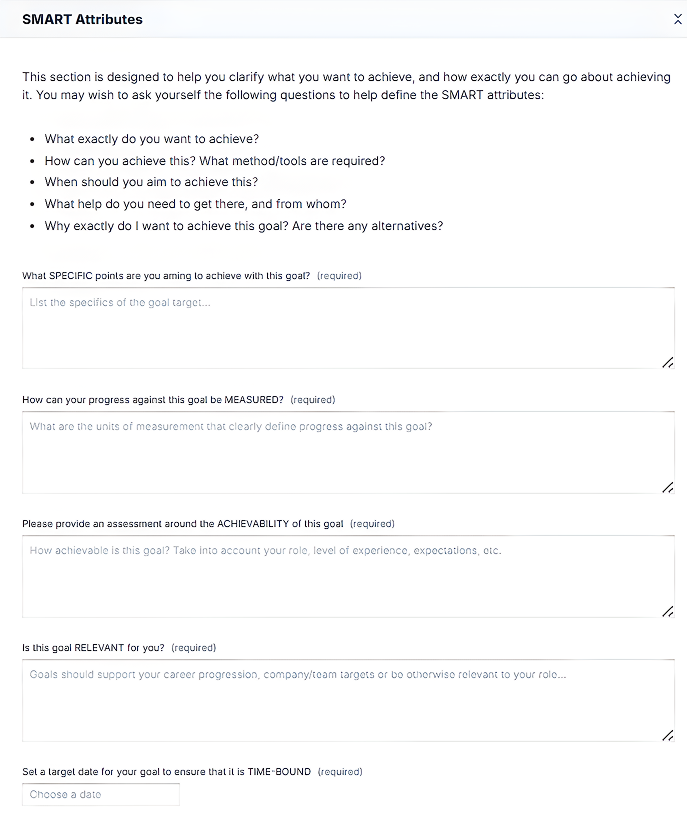Performance reviews are not a perfect process. Cognitive bias is an error in our thinking. Our brains attempt to simplify information by filling in the gaps. Biases are often learnt, for example through stereotypes of gender or racial/ethnic groups.
When it comes to performance reviews, biases present complex challenges as we are often unconscious of their influence.
How does bias influence performance reviews?
Bias effects our assumptions and beliefs about others. Through performance reviews, we want to guage a genuine sense of employees’ progress, skills and areas for improvement. This requires awareness of the role of bias in evaluations.
Harvard Business Review research highlights the gender disparity in performance evaluations. In their study, men were more likely to receive evidenced feedback on technical skills, with a clear line of sight on how to improve. Overall, views on feedback were well below par, with only 15% of women and 24% of men having confidence in the performance review process.
HBR’s researchers gave managers in the study a checklist of criteria for each performance review.
Below, we analyze the influence of 6 common cognitive biases on performance reviews. We then offer an anti-bias checklist for each type.

1. Affinity bias
Affinity bias is the tendency to favor someone we have similarities with. In performance reviews, this can lead managers to overlook the achievements of one employee over another.
We may feel a bias towards people from a similar background to us, or who have similar interests and hobbies.
Of course, these things have no bearing on a person’s ability to do their job. Tackling affinity bias means recognizing the strength in our differences.
Checklist to avoid affinity bias
-
Is this person from a similar background to me? How is that influencing my perspective on them?
-
Are their strengths similar/different to mine?
-
Are the qualities I list subjective personality traits? How can I make these more concrete – with evidenced examples?
-
Write down a time when the employee exhibited this strength. Describe their achievement in terms of actions and behaviors.
-
Am I comparing them to another colleague I am closer to personally?
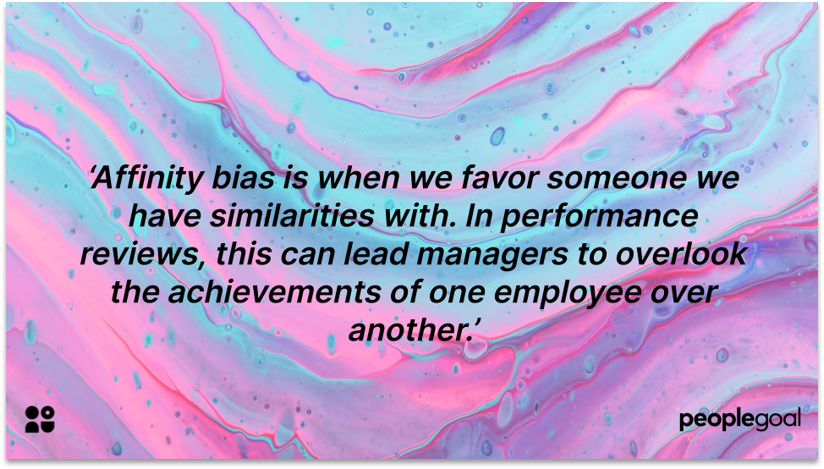
2. Halo effect
The halo effect happens when we let one achievement or strength determine our entire view of an employee.
For example, perhaps an employee shines in presentations. So much so that they seem to have a ‘halo’ overhead when they speak. However, they may alienate team members with their poor communication skills.
A manager under the influence of the halo effect would avoid giving a lower score in the communication section of the review as they are so in awe of their presentation skills.
This is natural – of course we want our employees to feel rewarded for their excellent work! But by not giving that objective feedback – the employee is missing out on an opportunity to build their skills.
The halo effect can be more superficial. A person’s sense of humor or appearance may color our view of them. To confront this, stay evidence based – the checklist below can help.
Checklist to avoid the halo effect
-
Is there one quality that I admire in this individual?
-
What essential functions does this skill/ competency impact day to day?
-
Are there other areas the employee has neglected as a result of their focus on this area?
-
Look at the example of success/ room for improvement on performance feedback you have written down. Has another employee acted in a similar way? Do your ratings reflect this similarity?
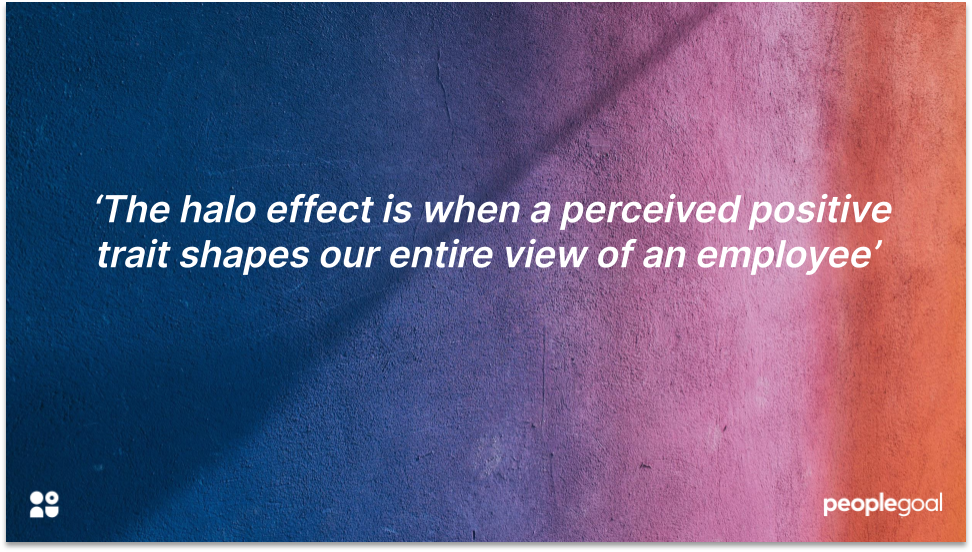
3. Horns effect
The Horns effect is the opposite of the halo effect. This happens when a perceived negative trait shapes our entire view of an employee.
Perhaps an employee submits a piece of work late, and this action shapes their manager’s impression of them longer term.
Checklist to avoid the horns effect
-
Have I ever felt let down by this employee? When did this happen? Was this linked to a pattern of behavior (for example, late work on multiple occassions), or a single event?
-
What areas of competency does this event impact? Can I look at other areas of competency independently of this?
-
In the last 3 weeks, what has their output been?
-
Are there any tasks they performed particularly well in? Why?
4. Attribution bias
Attribution bias leads us to intepret the performance on others based on internal explanations, rather than taking into account other circumstances.
For example, when an employee is underperforming as a leader of a team, you might assume that they are just ‘not the leader type’. You may overlook obstacles, such as a lack of resources or executive support.
This is a common form of bias. We more likely to perceive our own achievements as the result of hard work. We often attribute our failures to external factors. Unfortunately, we often don’t apply this generous logic to others.
This can hinder constructive feedback – as constructive feedback takes into account how external factors effect performance.
Checklist to avoid attribution bias
-
This person is underperforming in one area. Have other employees struggled to perform in this area too?
-
Are there any structural issues that may impact on this area? For example, a lack of resources, technology, or a lack of personnel?
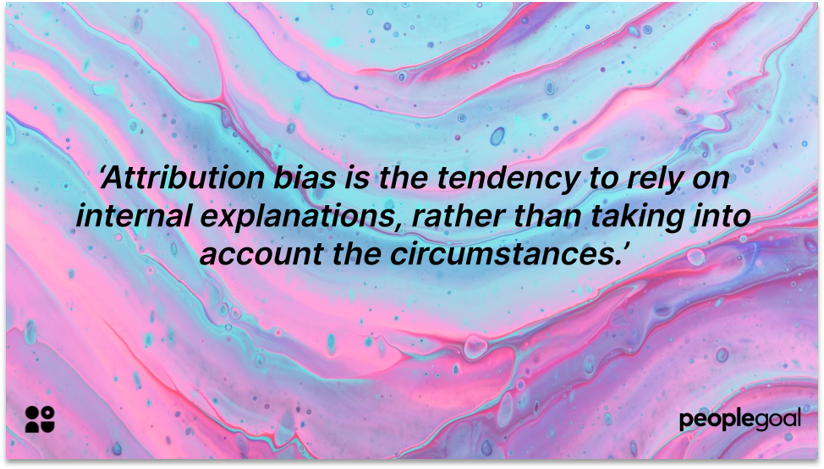
5. Confirmation bias
Confirmation bias is our tendency to favor information that confirms our current beliefs about an individual or circumstance.
Stereotypes around race, gender, sexuality and other areas are reiterated by confirmation bias. Rather than seeing the information from a clean slate, we search for the evidence that fits our assumptions.
In annual performance reviews, 360 Feedback can help challenge confirmation bias, as different employees from all company levels have a say.
Evaluators should note down as many aspects of performance as they can recall, and then draw from this pool rather than top-of-mind assumptions.
Checklist to avoid confirmation bias
-
Ensure you take a holistic approach – weighing up a range of competencies
-
Wherever you make assertions, weigh up both strengths and weaknesses. No matter what the achievement or competency, there will always be nuance. It is the evaluator’s job to clarify this.
-
Write down an achievement / performance indicator from 6 months ago, 3 months, 1 month ago and this week. What assumptions are challenged by this timescale?
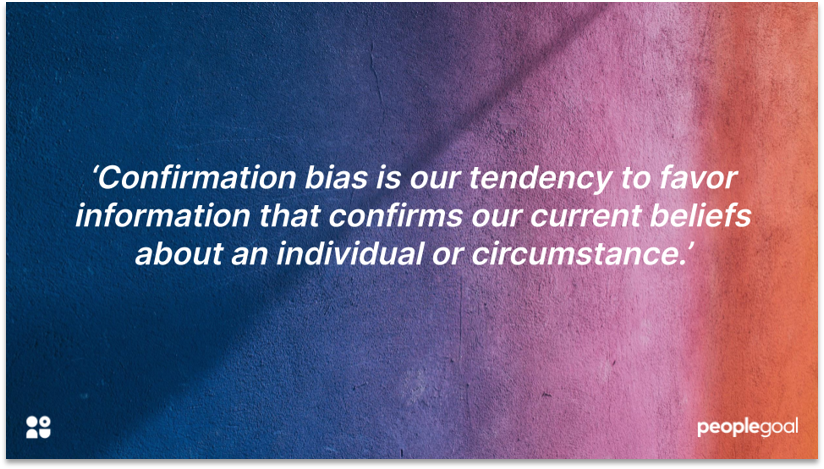
6. The Contrast Effect
Performance reviews often pile up high. We often unconsciously compare one employee to the last employee we wrote a review for.
Rather than a relevant appraisal which contributes to the personal development of an employee, they are ranked against someone else’s scale.
Checklist to avoid the Contrast Effect
-
Take breaks when writing performance reviews!
-
What differentiated strengths does this employee bring?
-
Ground assessment in evidenced examples
-
Where you find yourself comparing, note down why. Are you measuring this employee on skills and tasks outside of their job description?
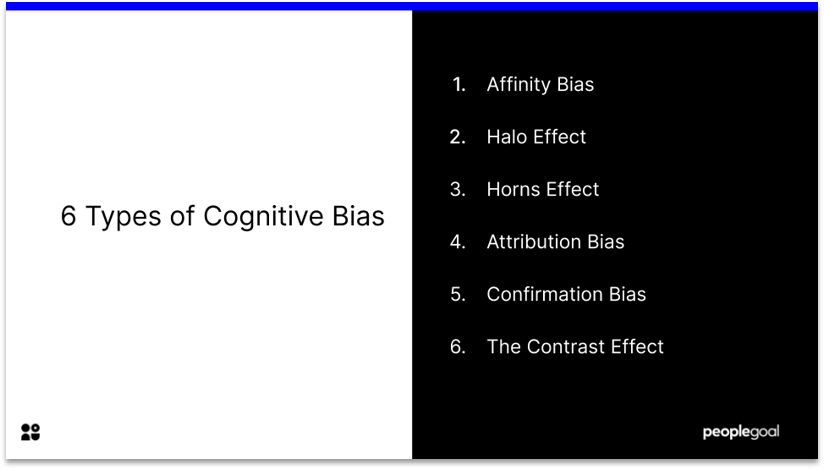
Performance review bias: time to reflect
Performance reviews are always an opportunity for managerial self-reflection. Day to day, we may be projecting biases onto employees.
Managers can become more conscious of assumptions, stereotypes and cognitive bias. Performance appraisals become less subjective, so that feedback is constructive.
Our Reviews app for Multiple Managers avoids silos and bias by involving as many parties as you need. Why not book a demo to find out how People Goal can help you?
Ready to 3x Your Teams' Performance?
Use the best performance management software to align goals, track progress, and boost employee engagement.




